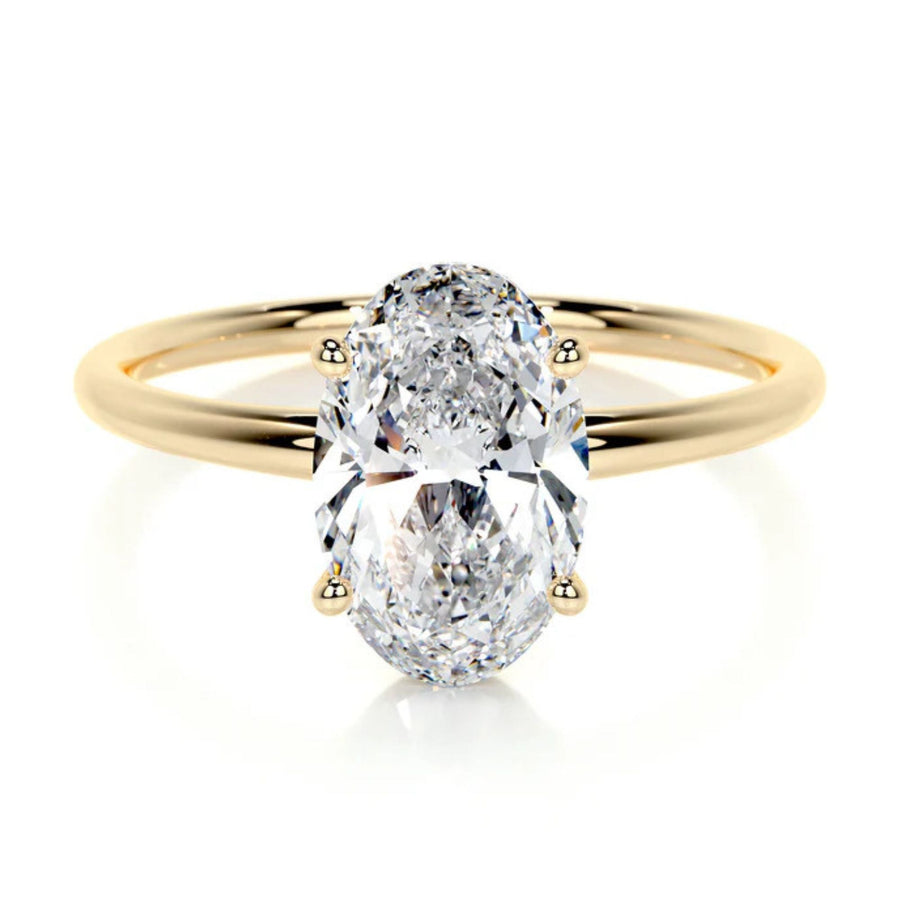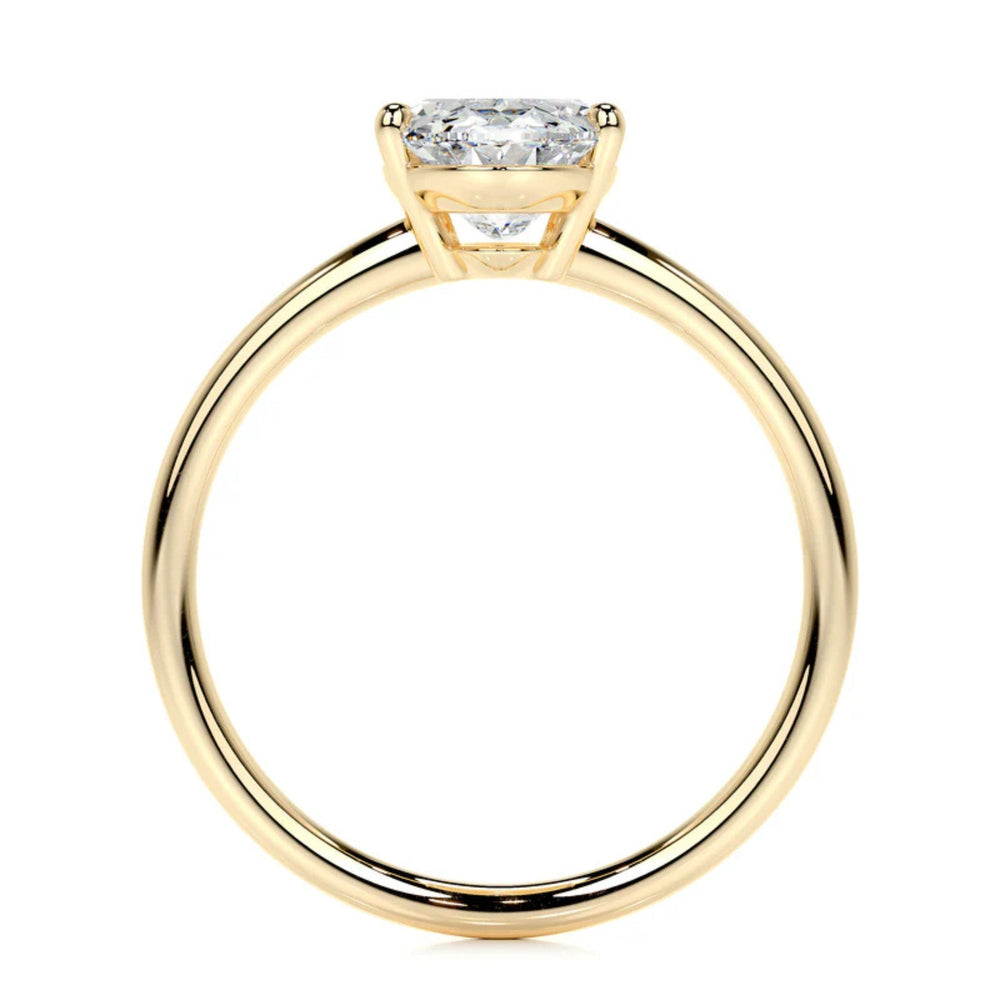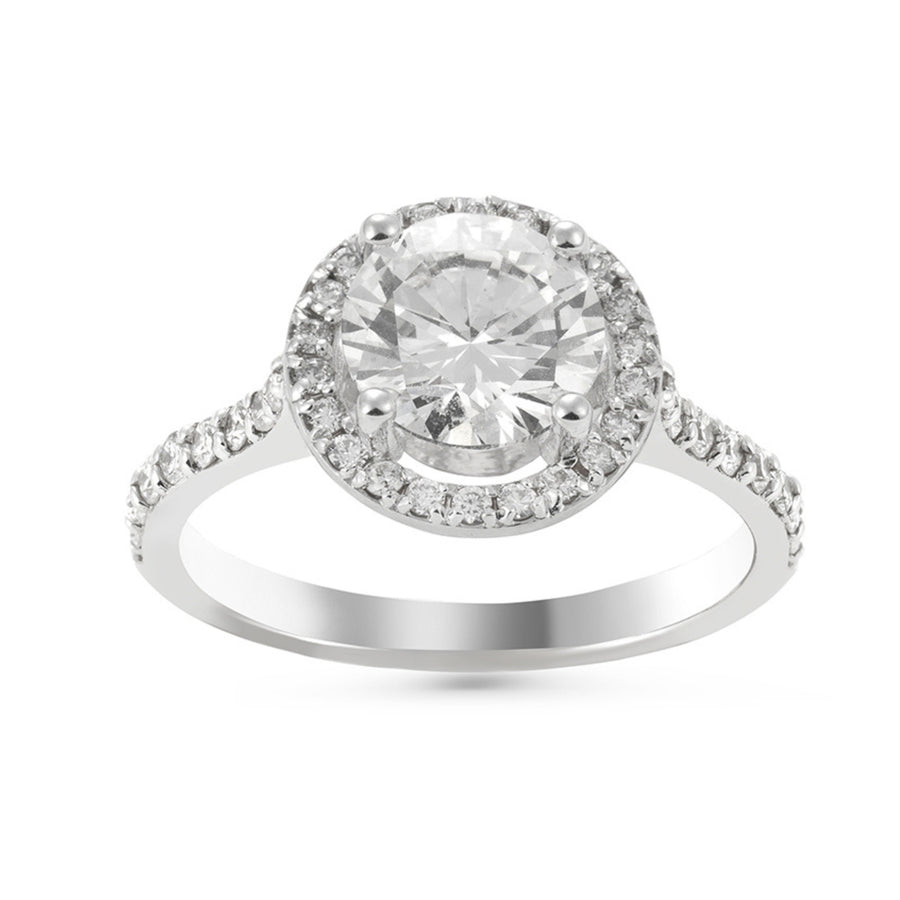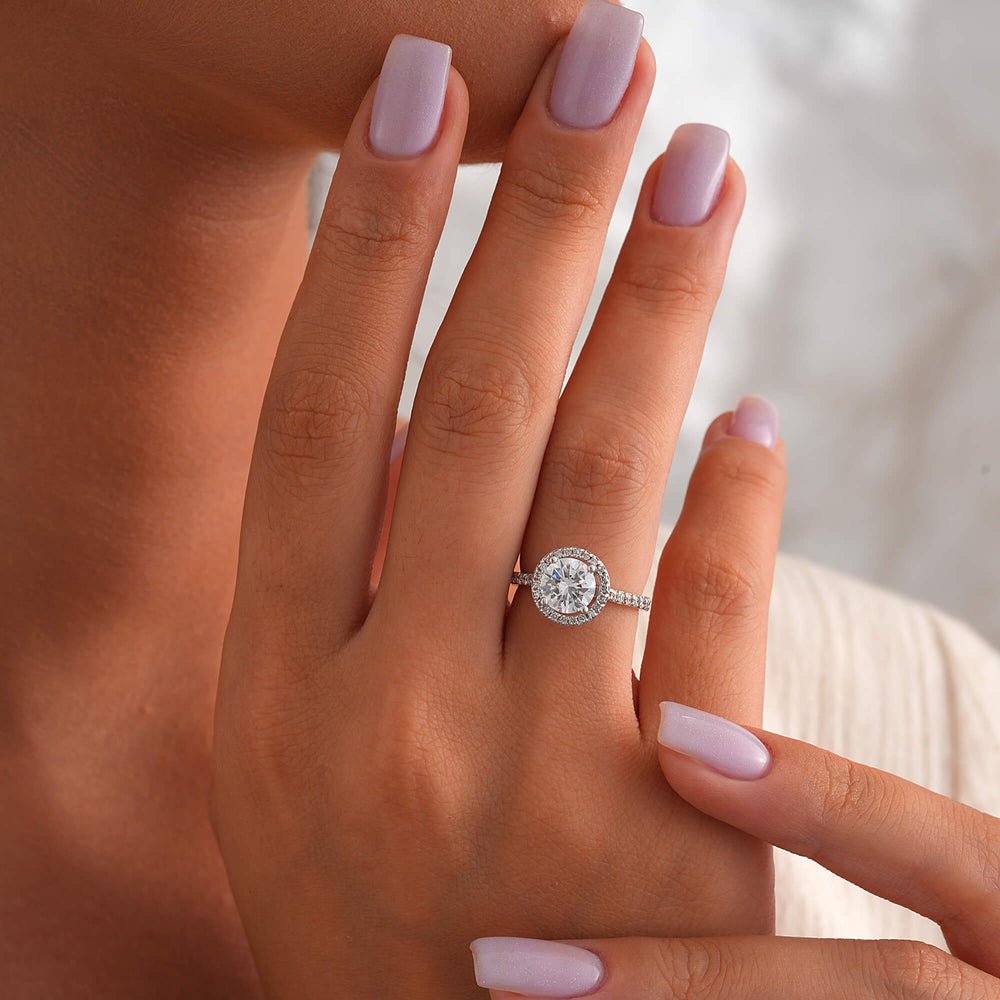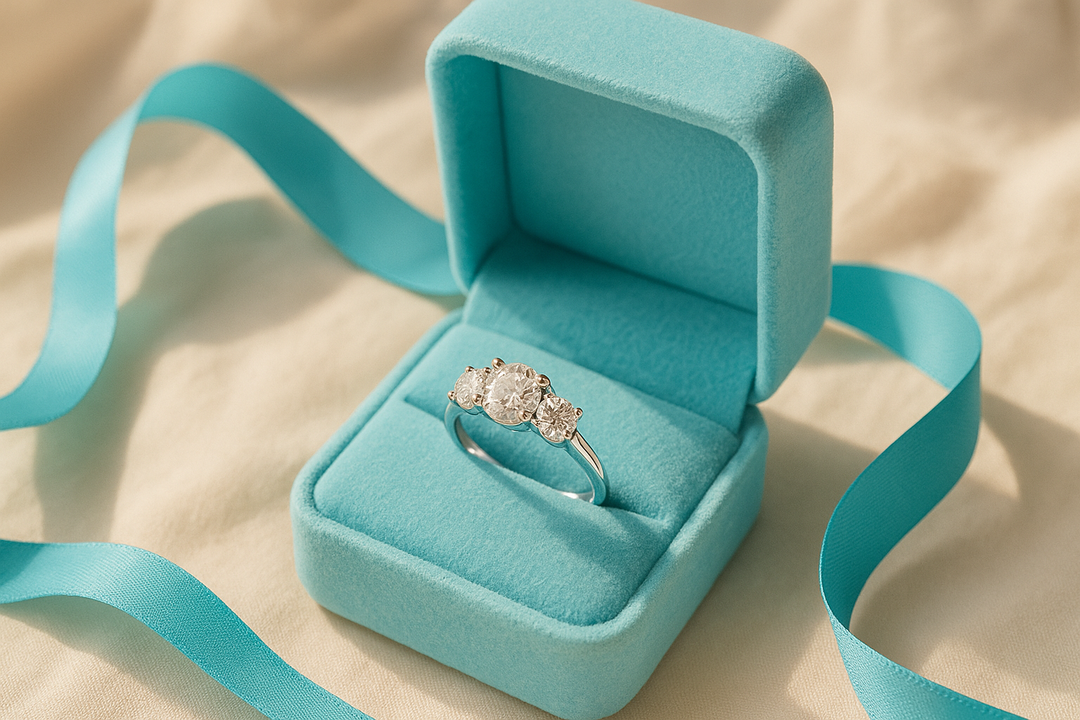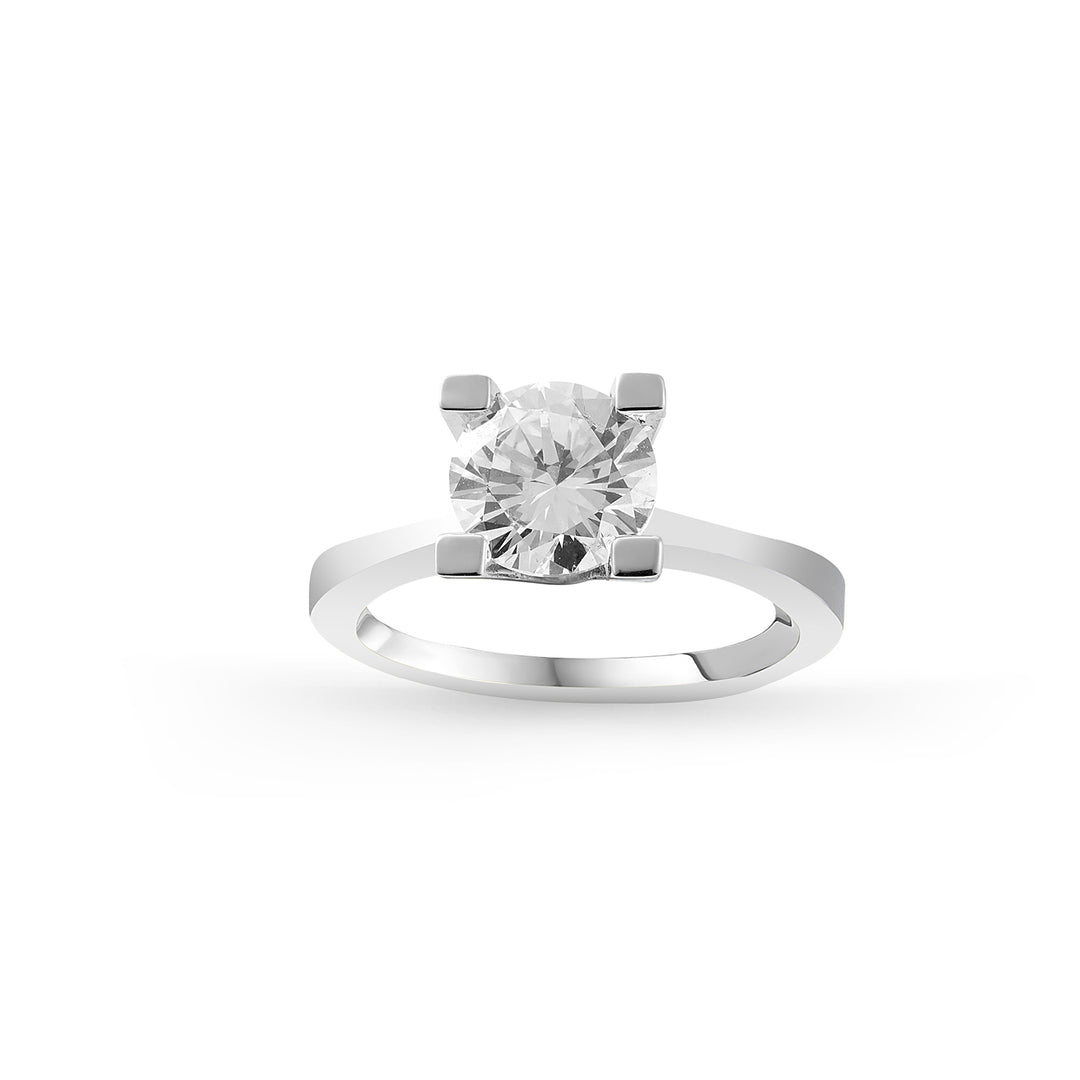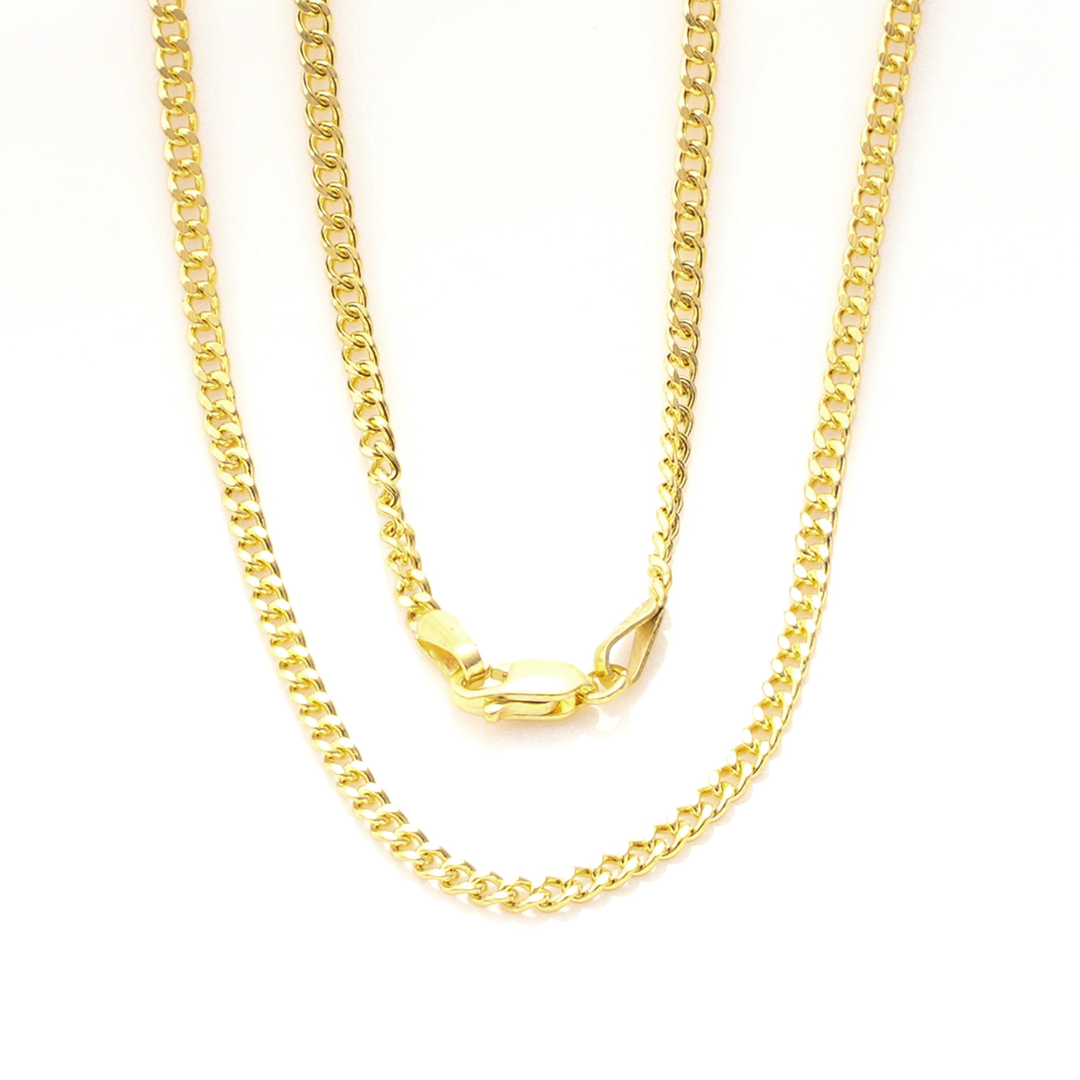Why is Gold Purity Important?
Understanding Gold Purity and Its Impact
Gold, a symbol of wealth and status, has been a highly sought-after metal for centuries. Its allure is not just due to its lustrous beauty, but also because of its ductility, resistance to corrosion, and scarcity. The value and quality of gold are determined by its purity, which is pivotal in the crafting of jewelry, especially chains, as with the Nicole Manson brand, known for its exquisite gold chains. This blog post delves into the nuances of gold purity, its importance, and the standards of hallmarking that assure the quality of gold products.
What is Gold Purity?
Gold purity refers to the proportion of pure gold in a piece of jewelry or coin, measured in karats (k). Pure gold is 24 karats, meaning 24 out of 24 parts are gold. However, pure gold is too soft for everyday wear, so it is alloyed with other metals like silver, copper, or zinc to enhance its strength and durability.
The Karat System
The karat system is used to express the amount of gold present in an alloy. Here's a quick breakdown:
- 24k gold is 100% pure gold.
- 18k gold contains 18 parts gold and 6 parts other metals, making it 75% gold.
- 14k gold is 58.3% gold, with the remaining 41.7% made up of other metals.
- 10k gold is 41.7% gold and 58.3% other metals.
In the Nicole Manson collection, you'll find pieces in 585 Gold (14k) and 333 Gold (8k), offering a balance between purity, durability, and affordability.
Why is Gold Purity Important?
Gold purity impacts both the value and the wearability of a piece of jewelry:
- Value: The higher the gold content, the more valuable the piece is. For example, 14k gold, which is 58.3% pure gold, will be more valuable than 8k gold, which has a lower gold content.
- Color: The alloying metals influence the color of the gold. Pure gold has a rich, yellow color, while alloyed gold can have different color hues. For example, adding copper results in a redder metal, and nickel or palladium produces white gold.
- Durability: Pure gold is soft and can easily bend or scratch. Alloys make the gold more durable, which is why 14k gold is often used in jewelry, providing a good balance between purity and strength.
- Skin Sensitivity: Some people may have allergic reactions to certain metals mixed with gold. Higher purity gold generally has fewer additives, which can reduce the risk of skin irritation.


